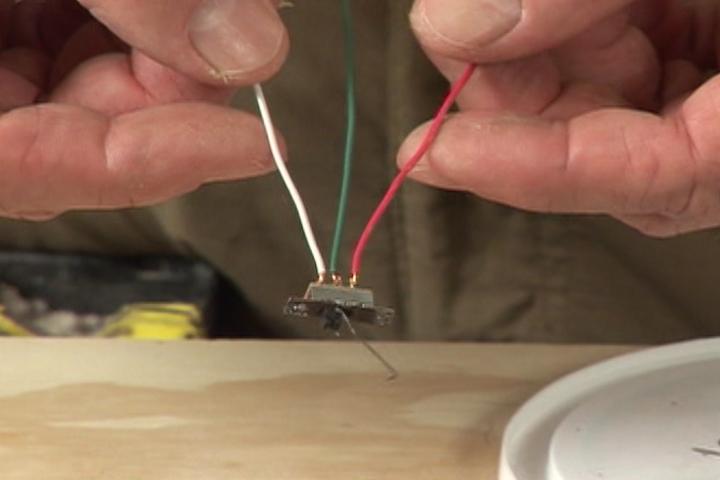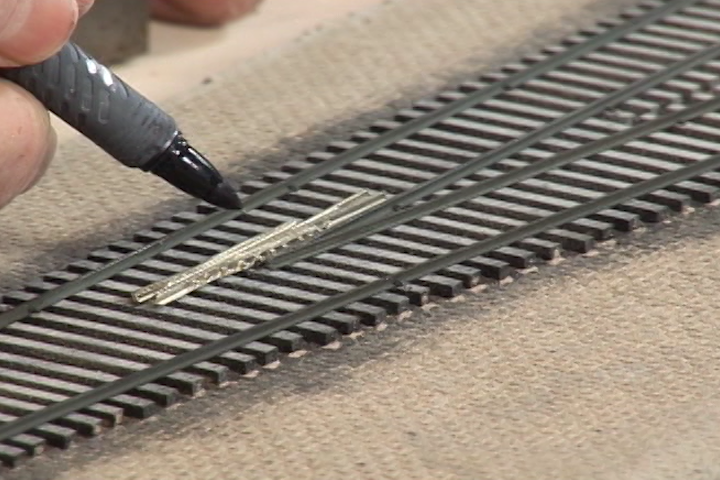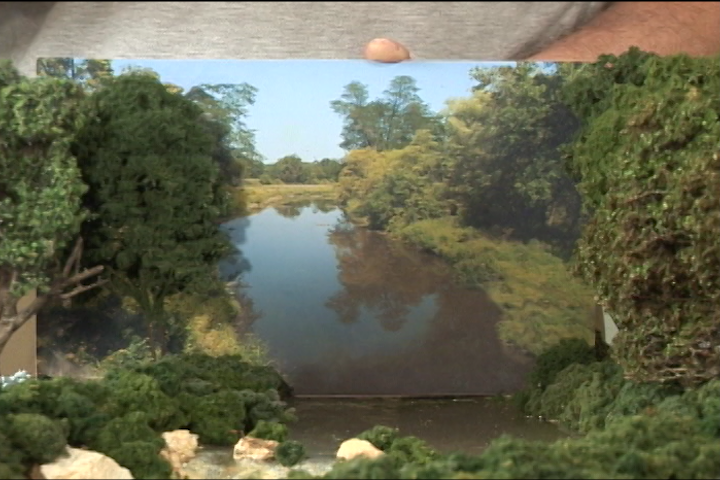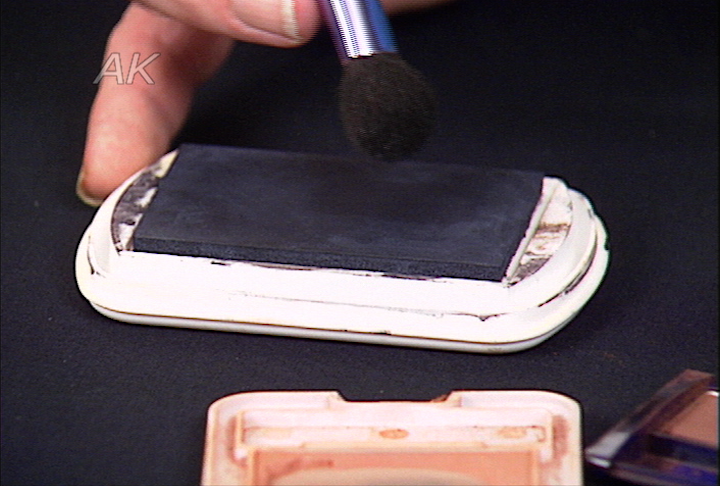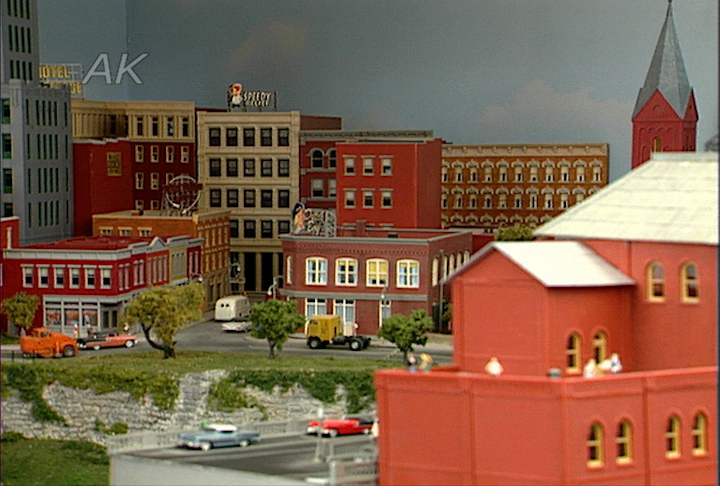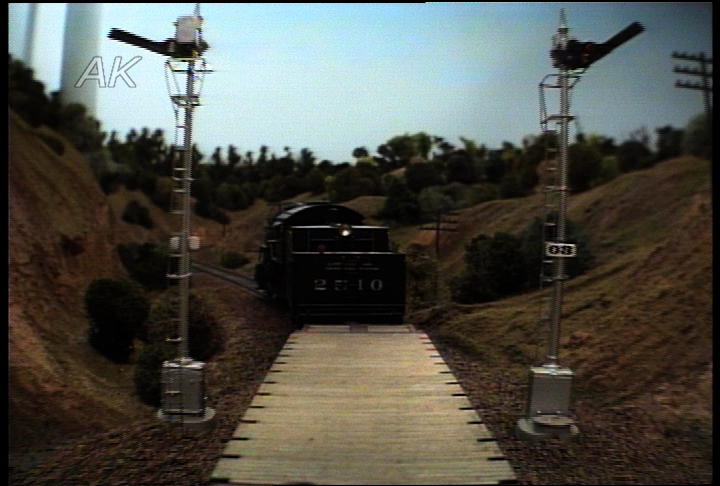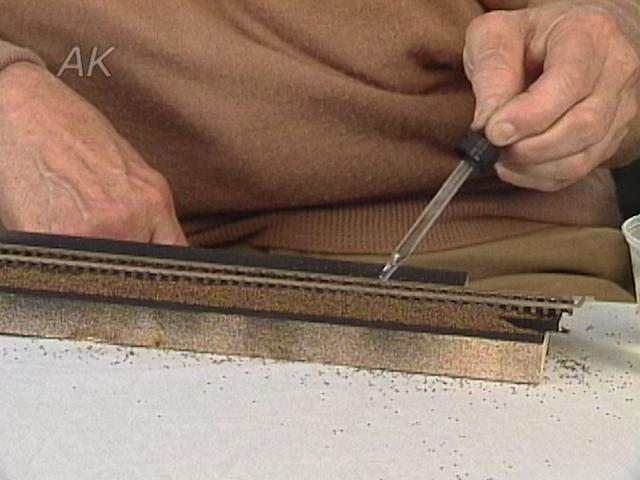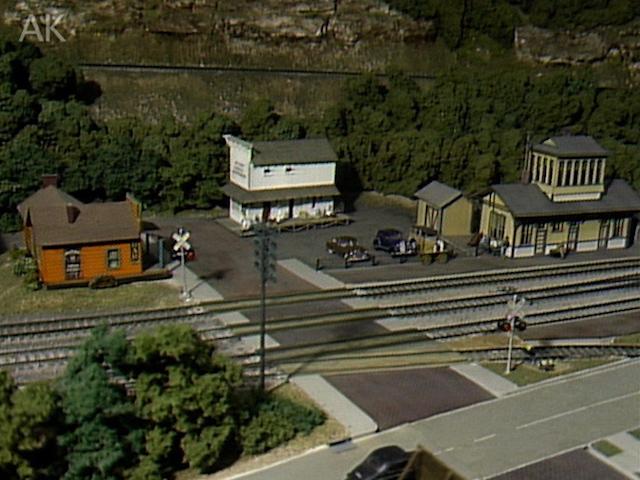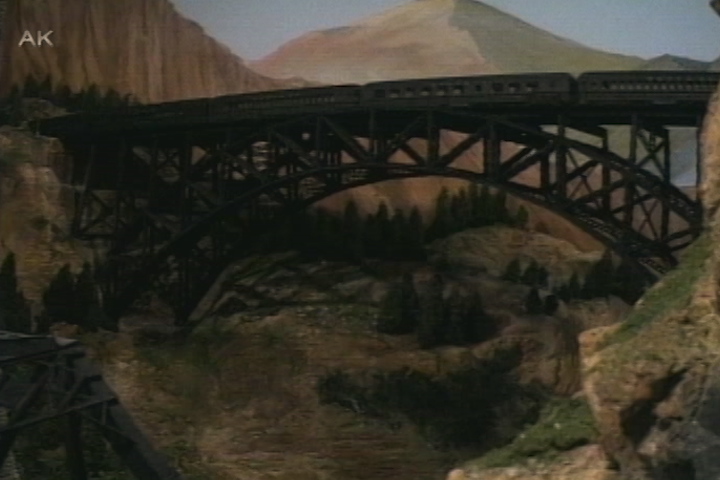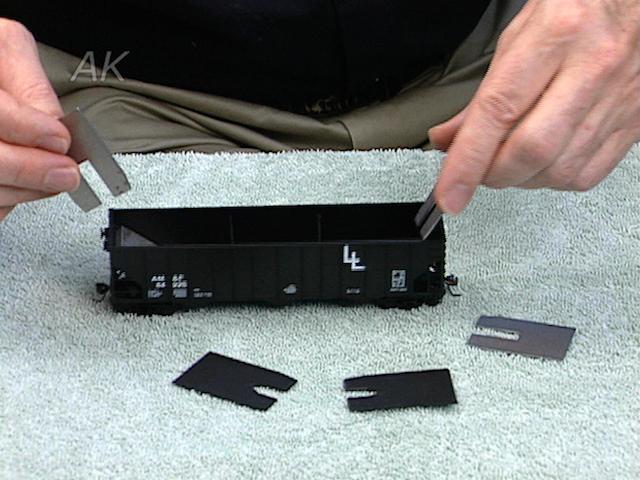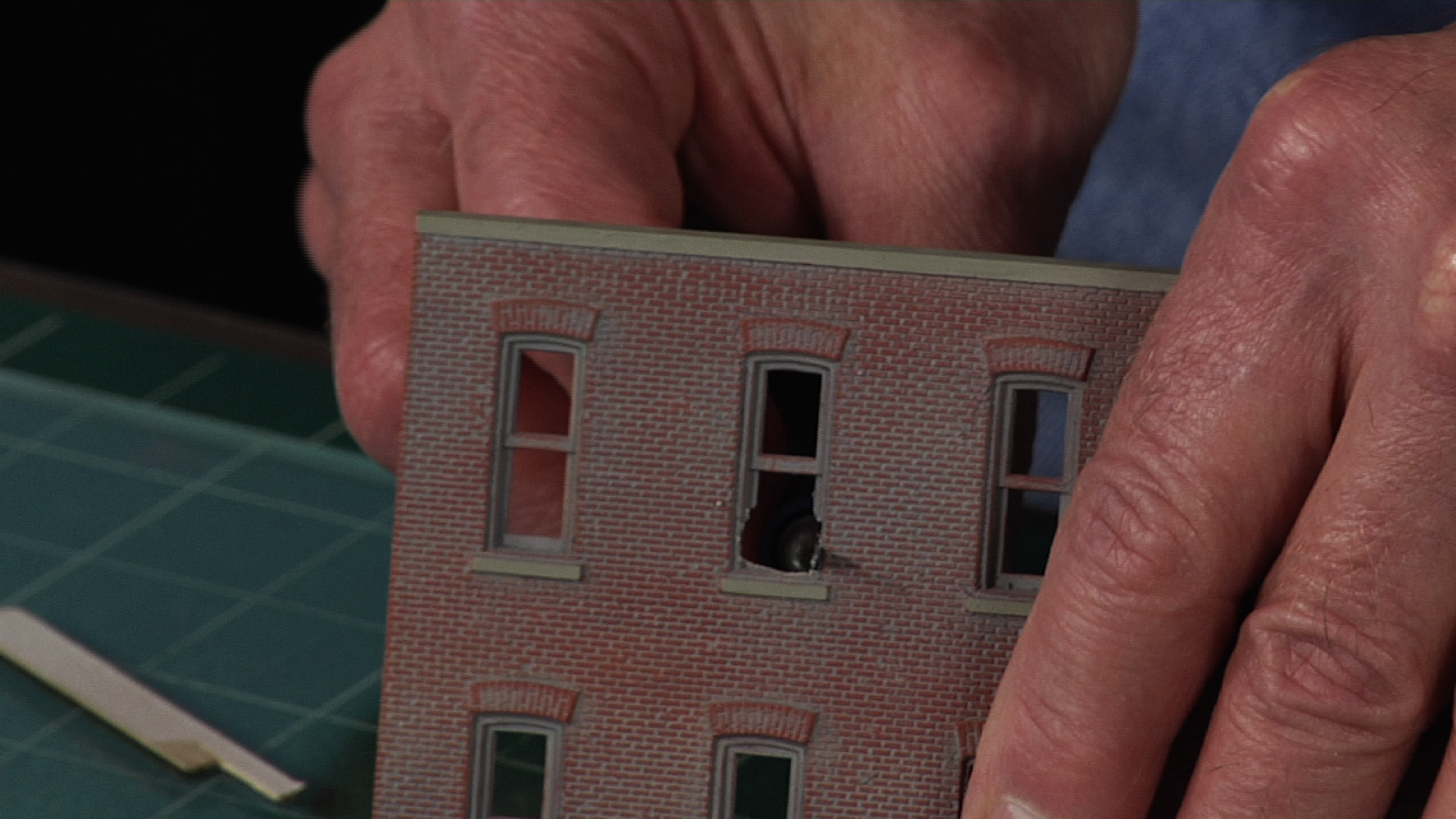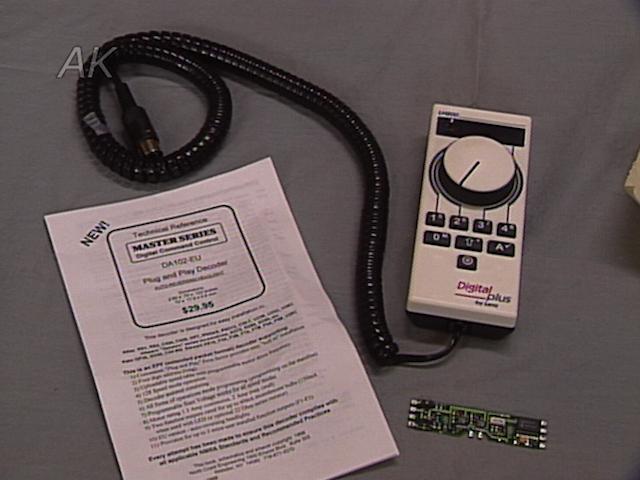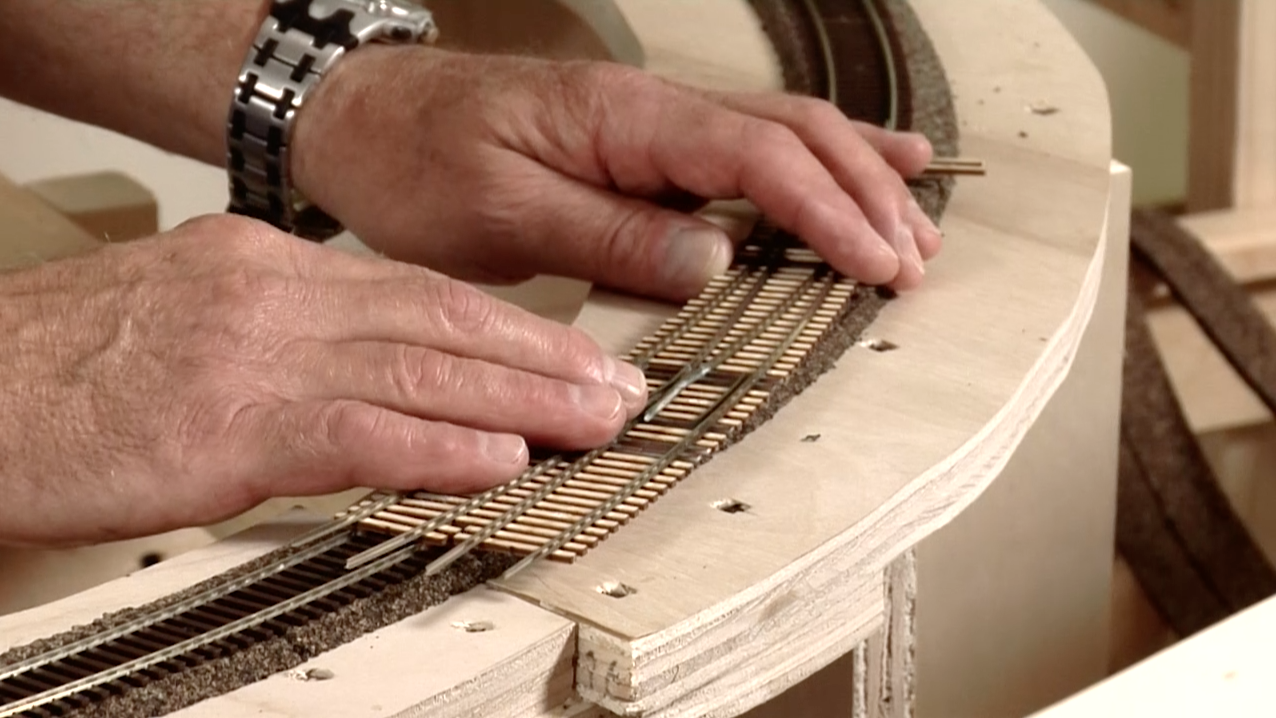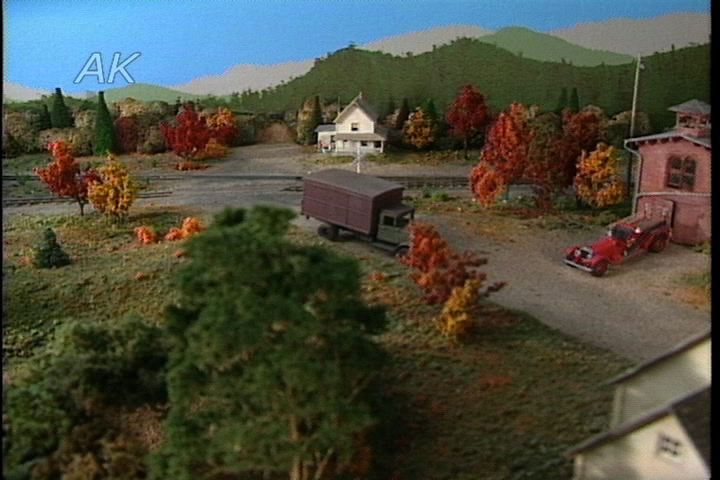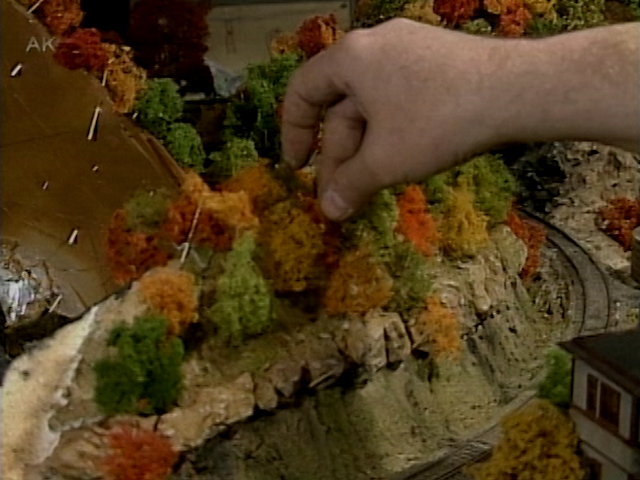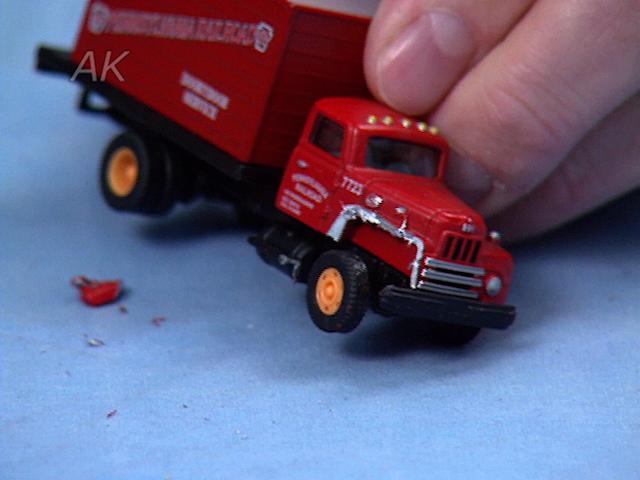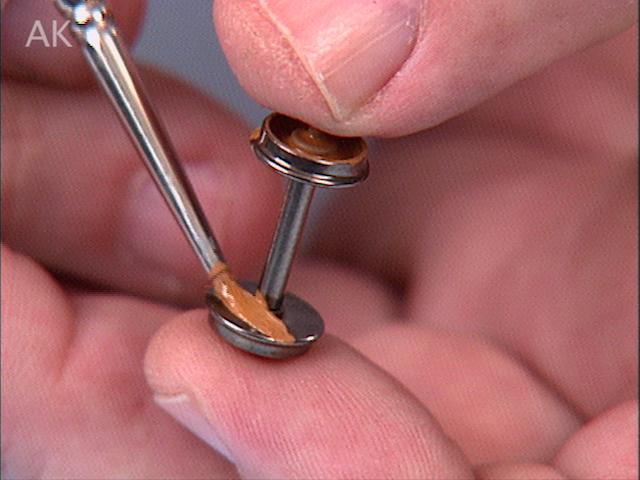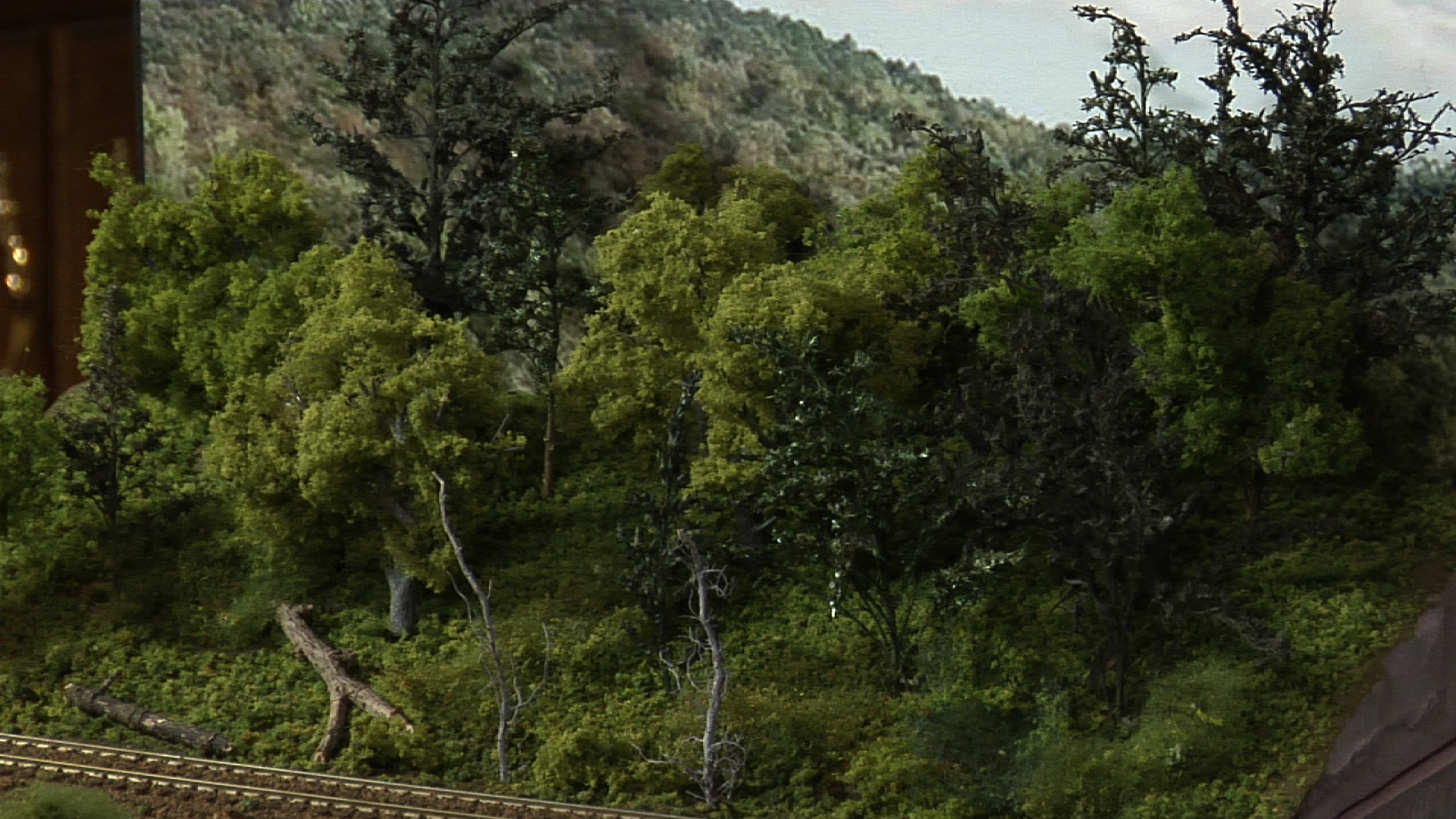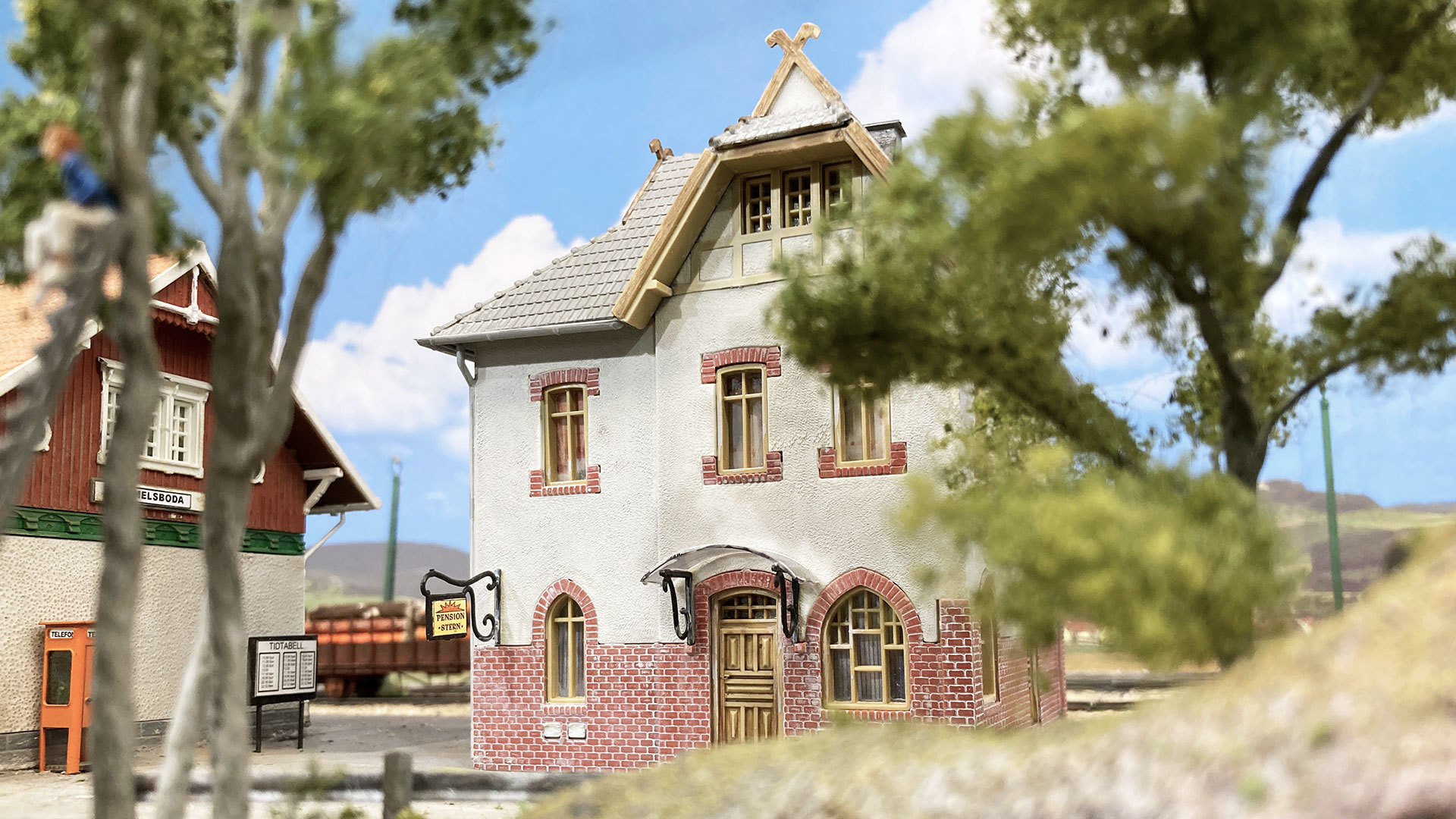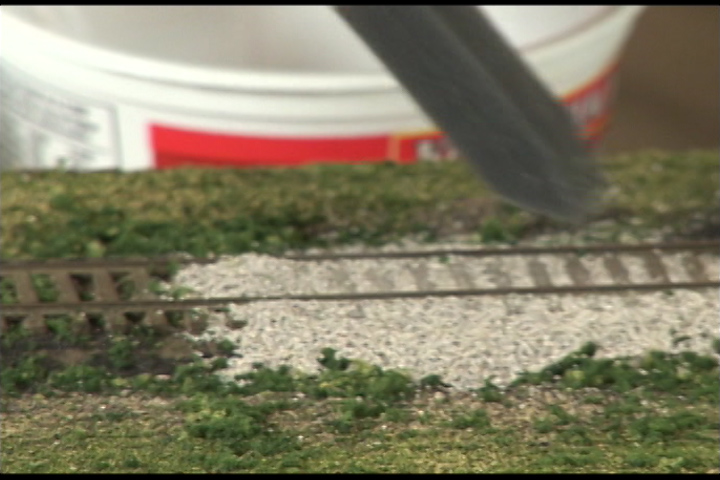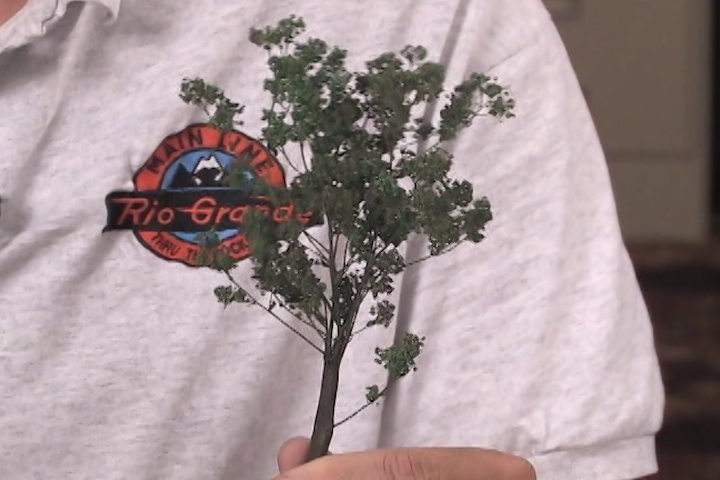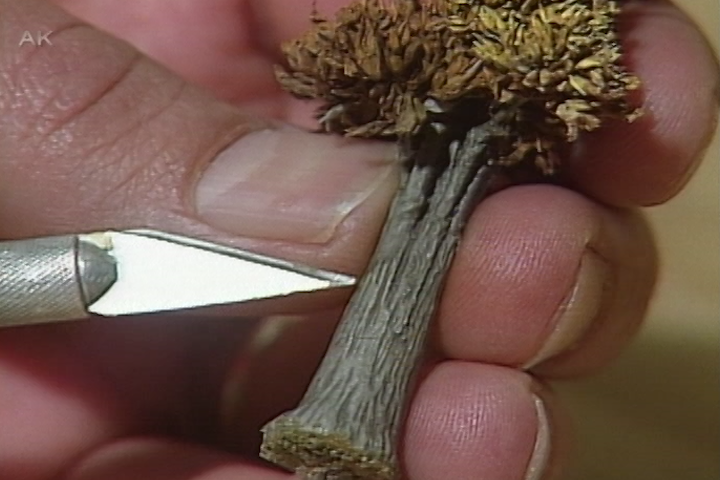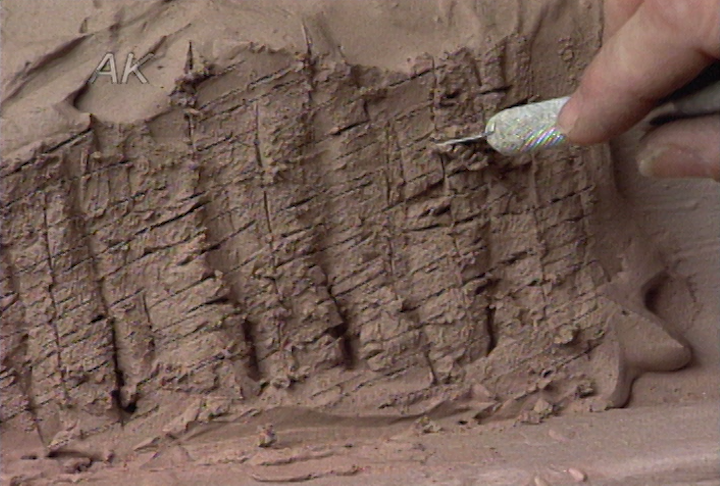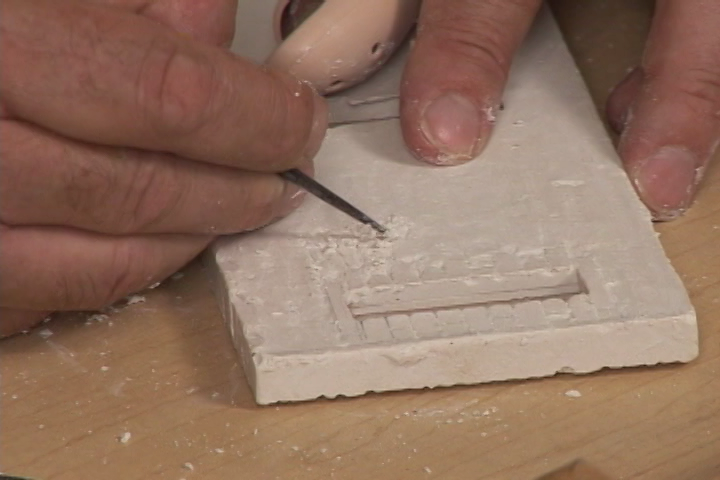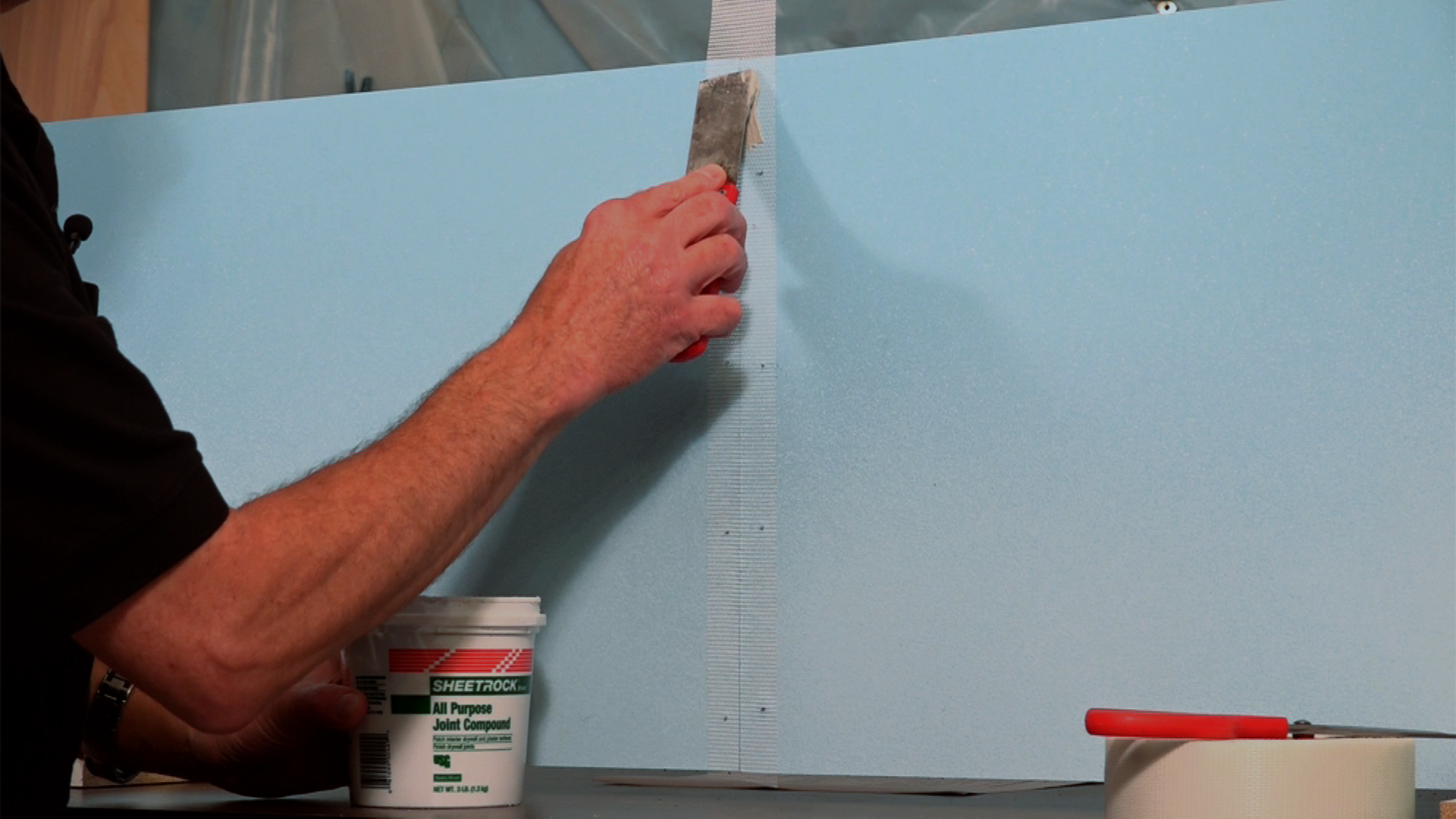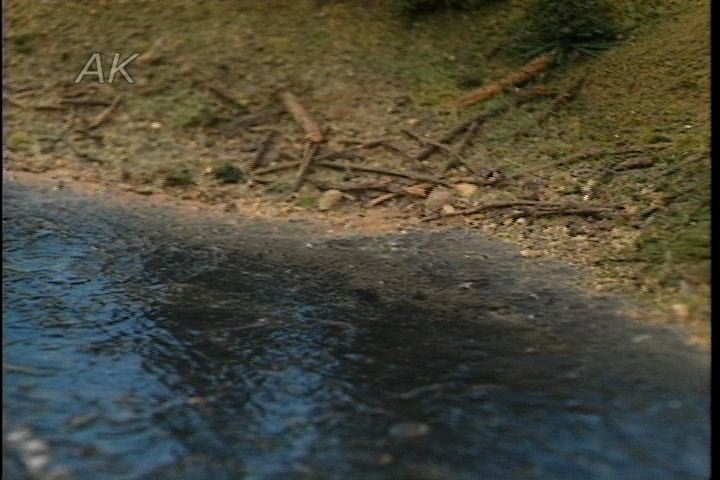
Tips for Creating Realistic Roadbed
Tony KoesterThe quality of track-work on a layout plays a major factor in the overall appearance of a model railroad. A strong roadbed is key for a realistic model. The roadbed is the material between the track and the benchwork. It elevates the track from the basic ground. Creating roadbed can be executed in multiple ways using several different types of material.
Creating Roadbed
In this video, modeler Tony Koester demonstrates how to create realistic roadbed for interchange tracks and team tracks through an extensive step by step tutorial. Throughout the video, you will learn tips and tricks for each step of the project. Tony begins with the benchwork, adds a plywood subroadbed and then creates the roadbed.
Tony suggests some of his preferred products to use for creating roadbed. In this tutorial, Tony uses a product called Homabed made by California Roadbed. It’s essentially recycled newspaper compressed into cardboard. Using Homabed eliminates the considerable work and mess of cutting homasote yourself. Tony mentions several other options for equally good types of roadbed including cork and foam products.
Tony demonstrates a method he uses to bind the roadbed to the subroadbed. The first step is to glue the roadbed down. Tony uses yellow carpenter’s glue. You can stop at this step and let it dry. The second step Tony takes uses staples. He staples the roadbed to avoid the formation of bumps while the glue dries. Once the glue dries, you must remove the staples from the roadbed.
Tony concludes the tutorial by explaining the next steps to take once the roadbed is complete. He provides further information on laying track. Follow along with Tony in this tutorial for great railroad modeling advice.
Premium Membership
Unlock exclusive member content from our industry experts.
- 24/7 Access to Premium Model Railroading Videos, Projects, and Tips
- Step-by-Step Instructional Guides & Layout Plans
- 50% Off Video Downloads Purchased in the Model Railroad Academy Shop
- Access to Ask the Expert Program
Unlock exclusive member content from our industry experts.
- 24/7 Access to Premium Model Railroading Videos, Projects, and Tips
- Step-by-Step Instructional Guides & Layout Plans
- 3 Full-Length Video Downloads to Watch Offline
- 50% Off Video Downloads Purchased in the Model Railroad Academy Shop
- Access to Ask the Expert Program
Gold Membership
$326 Value
Get everything included in Premium plus exclusive Gold Membership benefits.
- 24/7 Access to Premium Model Railroading Videos, Projects, and Tips
- Step-by-Step Instructional Guides & Layout Plans
- 9 Full-Length Video Downloads to Watch Offline
- 2 Full-Length Classes to Keep for Life
- 2 Downloadable Guides
- Discounts on Purchase-to-Own Content in the Model Railroad Academy Shop
- Access to Ask the Expert Program
- Exclusive GOLD LIVE Streaming Events
